As technology advances we leave the old ways of doing things behind. Sometimes for the better, sometimes for the worst. Either way, for the most part, old technology is simply ripped out, sent away for scrap and quickly forgotten. Occasionally though, it’s possible to stumble into one of these abandoned technological relics. What I enjoy most about these spaces is seeing the behind-the-scenes technology we never usually get to see; most of us just take it for granted that something works a certain way and never get to marvel at the systems and technologies which make it so.
This Adelaide-based Telstra exchange sits in a strange limbo between abandoned and scrapped. The building does not appear to have seen use in some 30 years and, whilst some of the original contents have been removed, it remains mostly intact. Old Telecom and PMG folders litter the offices, whilst endless runs of cable, each intricately labelled, climb the walls. Old maps of various service areas gather dust in specially designed map drawers, whilst depression era technology stands alongside 1980s gadgetry. An original switchboard, a relic from the 1930s, remains in situ – it’s cloth covered cables connected by pulleys running from one socket to another. One can imagine when the building was alive with switchboard operators manually connecting calls on these old boards.
Australia’s first telephone exchange opened in Melbourne in August 1880 (only four years after the invention of the telephone). However, it wasn’t until 1930 that the first overseas calls from Australia became possible with the introduction of a radiotelephone service to England and, through there, to Europe and America. Initially, trunk channels linked different manual trunk exchanges and it was necessary for a succession of operators to connect the appropriate channels together until a connection was made. It was a tedious and slow way of making a long distance call, and it was sometimes hard to hear, particularly when several exchanges were linked. Later, technological advances saw the introduction of automatic transit switching equipment being used with only a single operator required to connect a trunk call to a wanted automatic subscriber. Until the mid-1960s, the majority of trunk traffic went through this single telephonist control, before finally being superseded by crossbar technologies and Subscriber Trunk Dialling (STD).
I was pleased to have had the opportunity to see the last technological remnants of this one. Hopefully some of it ends up with a collector of such things and not just on a scrapheap somewhere.


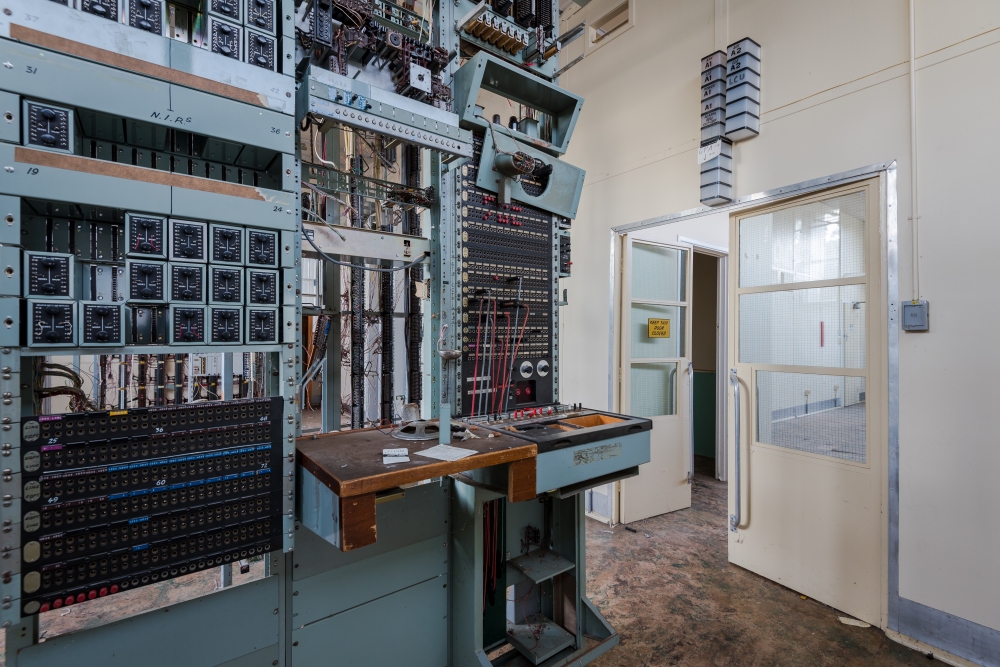

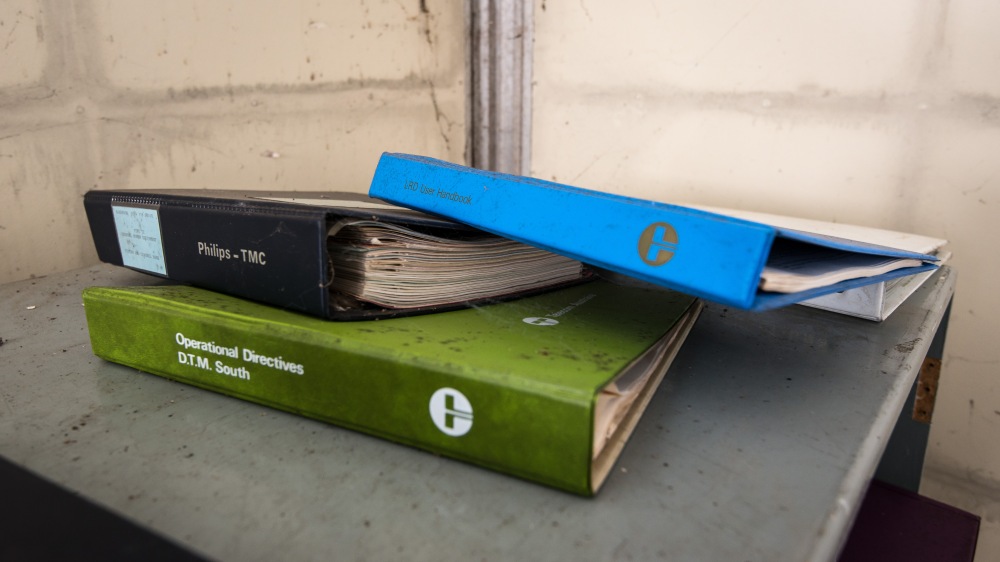

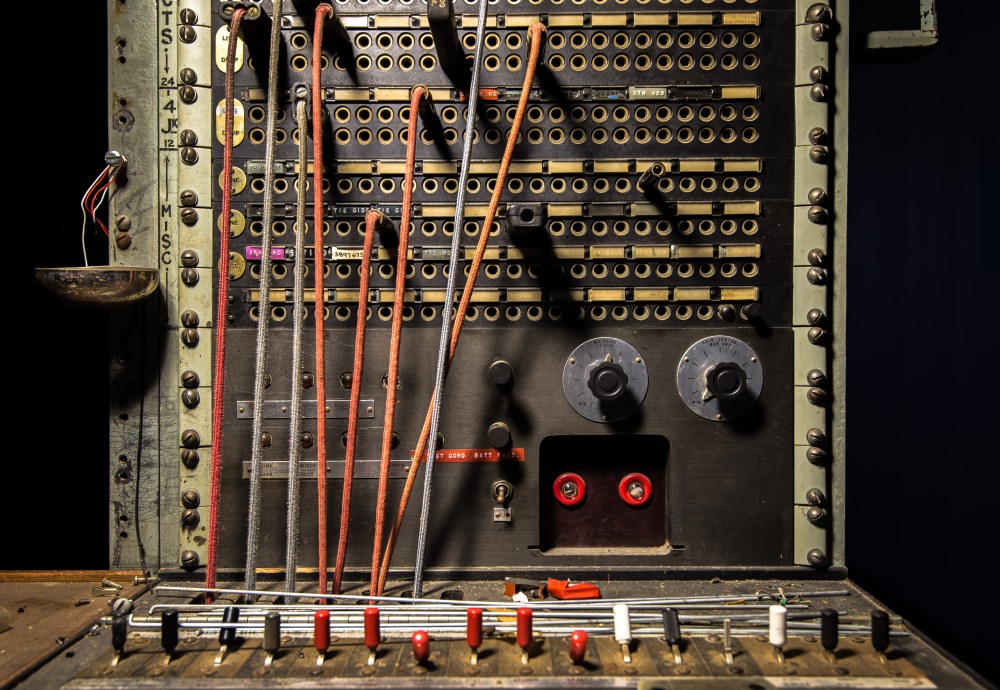
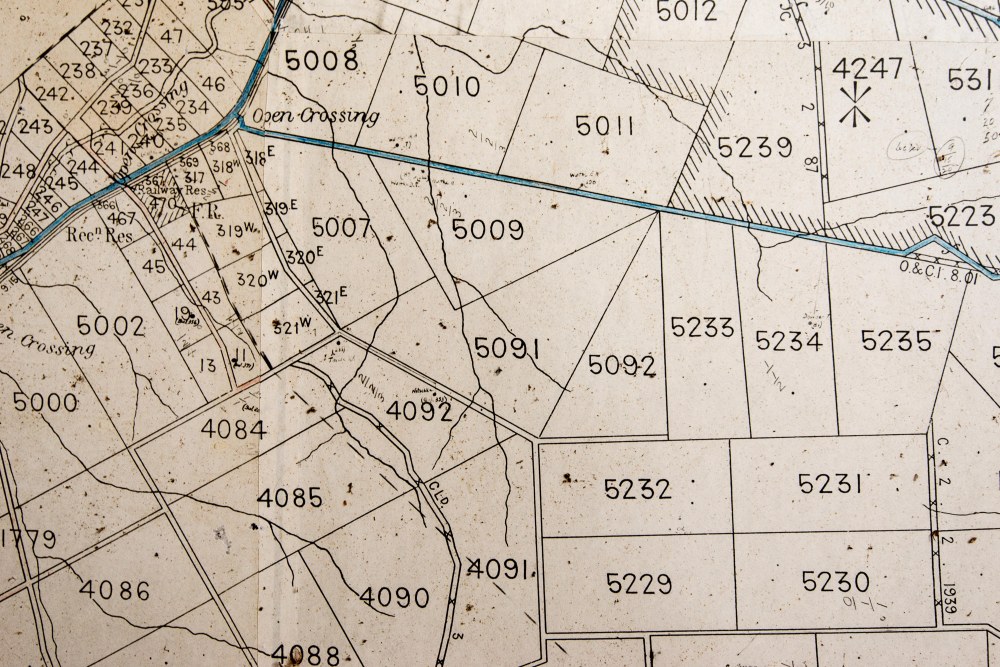

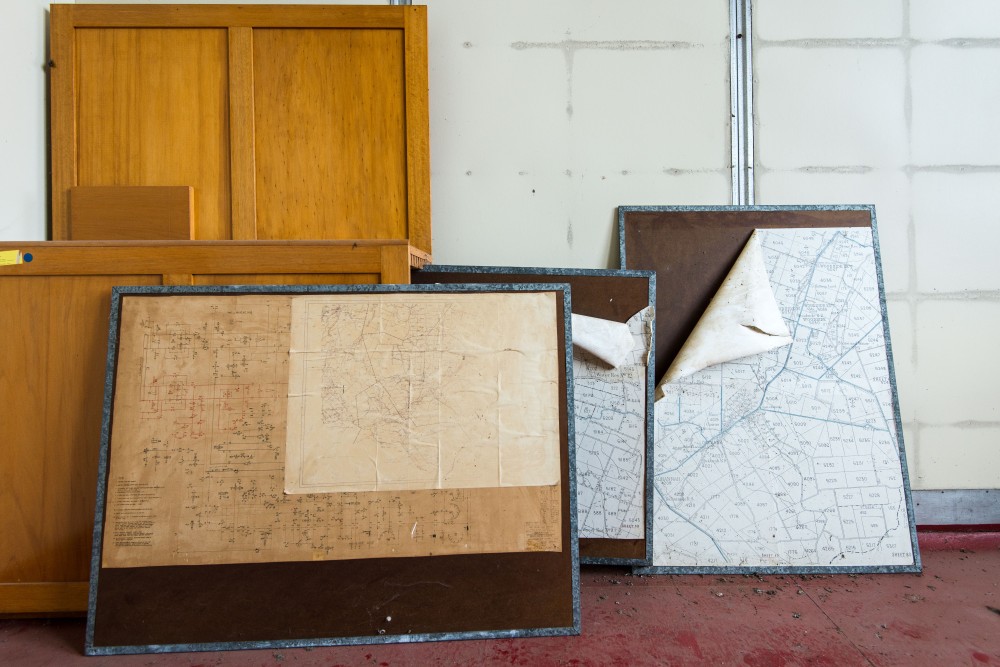

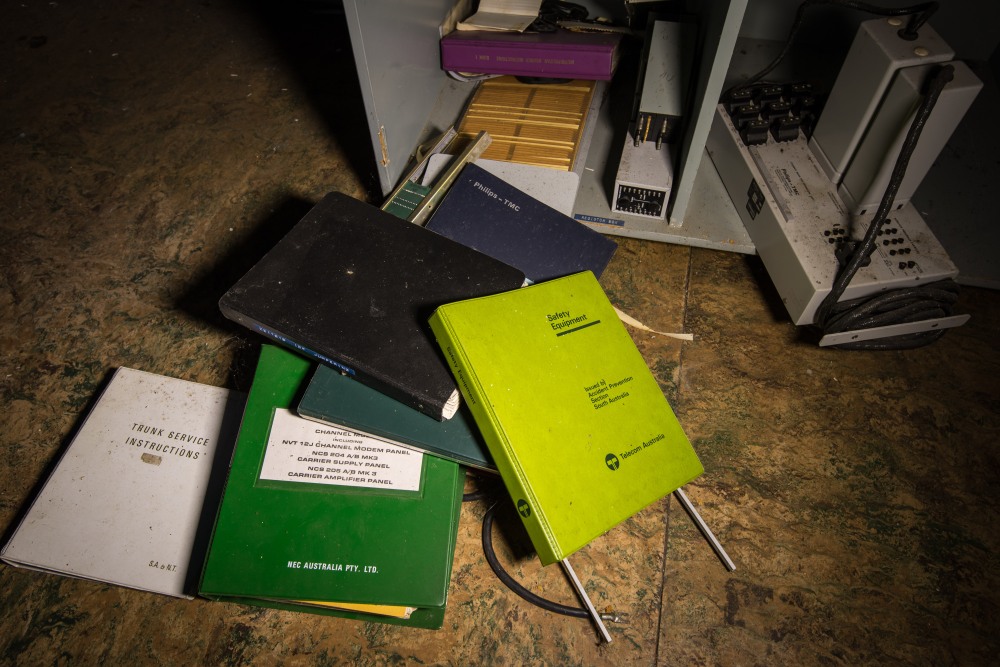

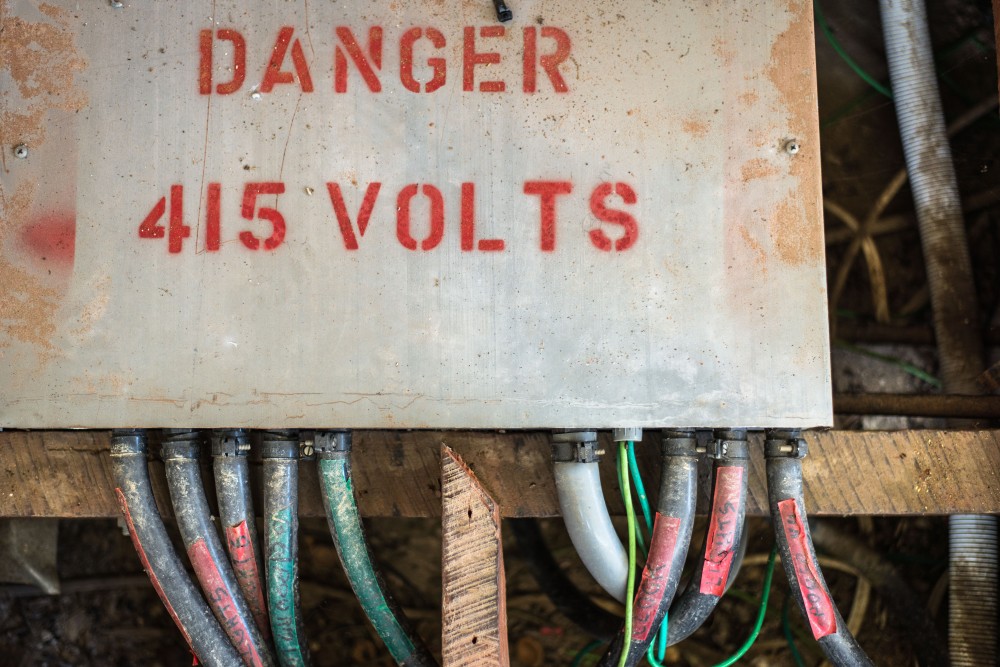

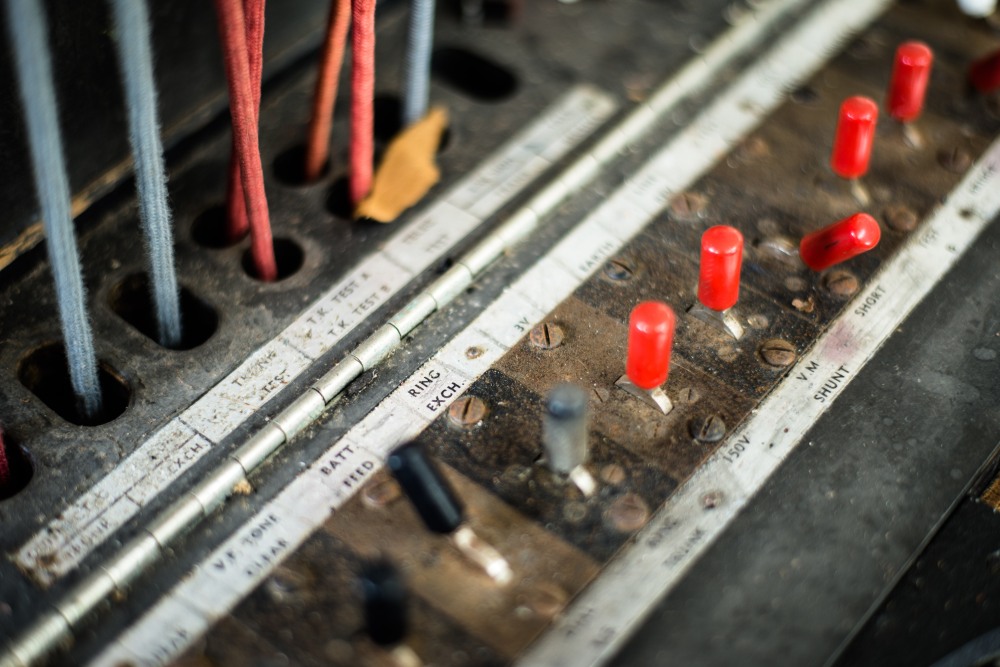
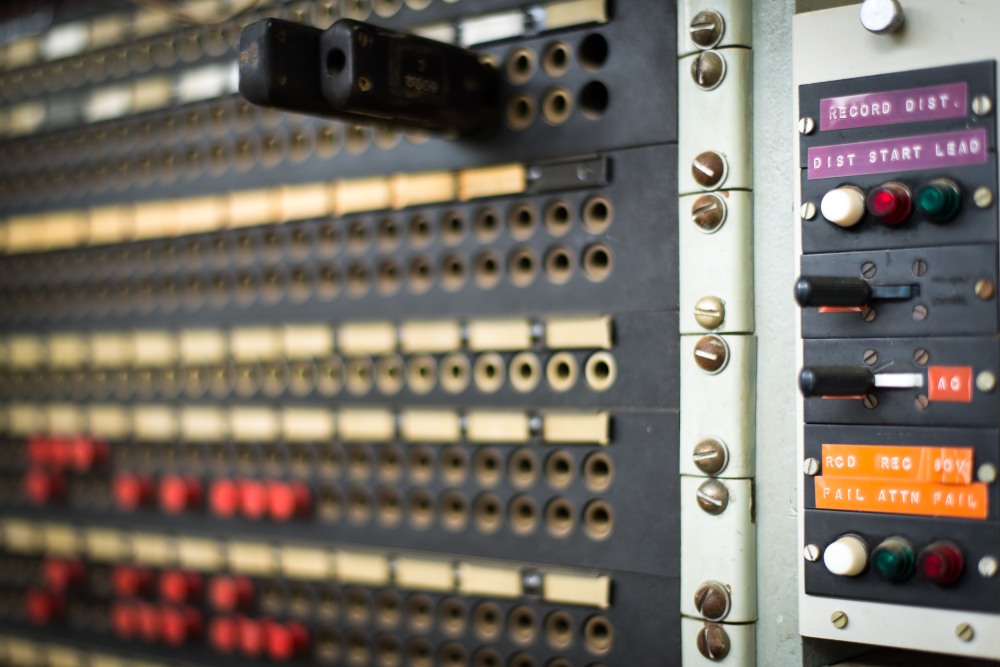
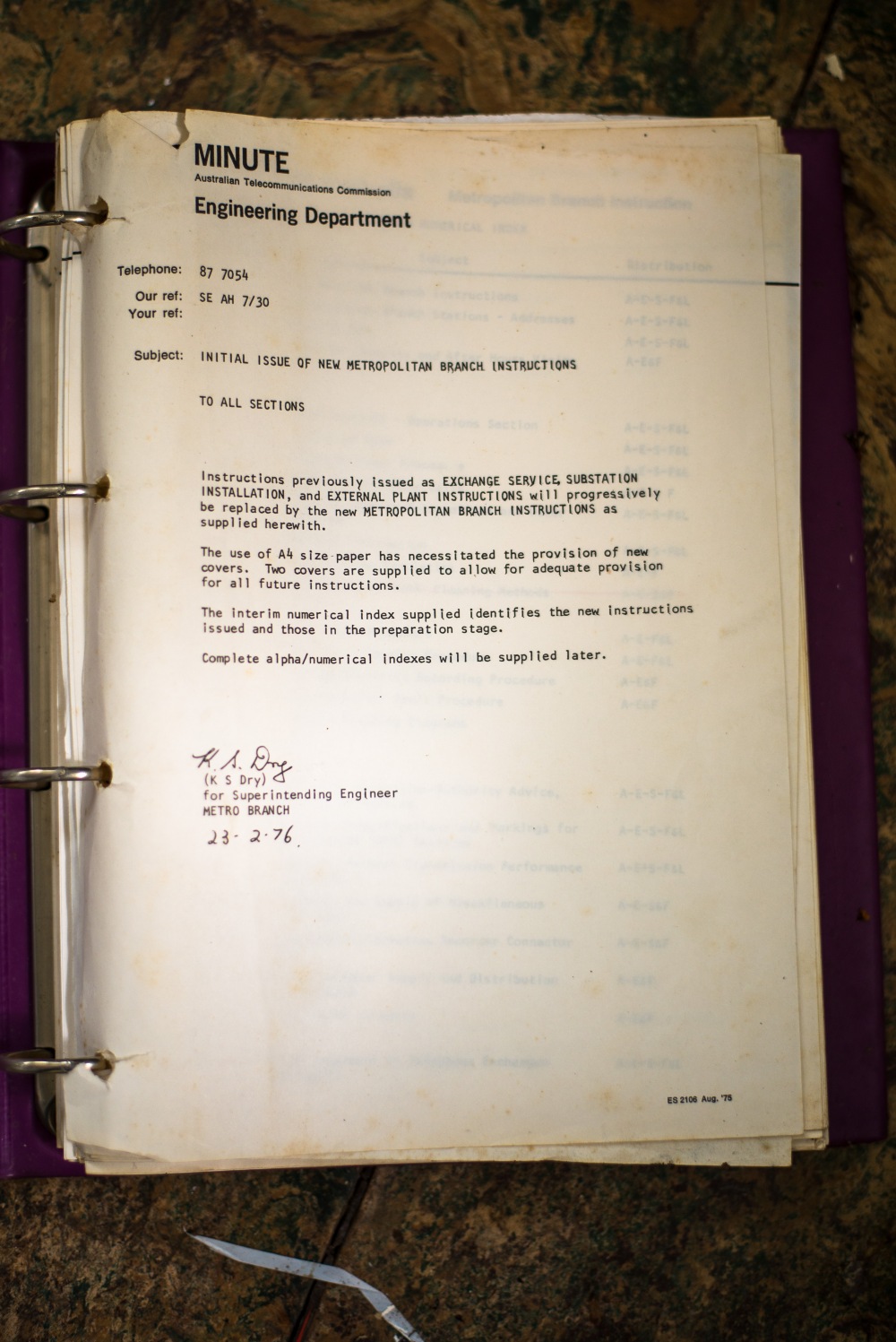



I know this exchange very well, I visited it and worked in it many times. One of my projects in the 1980s was to modify the exchange to prevent soldiers at the local Woodside Army camp getting free long distance calls. They had found a way to circumvent the call barring facility in the equipment.
In some ways it pains me to see the building in this state. Progress is inevitable, but if you’re going to decommission a building do it properly. I am not sure whether the local exchange is still located in this building.
What I do want to do is point out that the “switchboard” shown in the photos was not the town switchboard for subscribers. In manual days that would have been in the post office, and would have been staffed by telephonists. This “switchboard” in the exchange was known as a Toll Test Board (a term from America) and was used by technicians to test trunk lines into and out of the town, in particular those carried on poles (open wire trunks). Other services such as telex were connected through the TTB to facilitate testing.
LikeLike
Great! Thanks Peter for the clarification. I often don’t know exactly what I’m looking at in these places. The local exchange is now located immediately next door. This decommissioned building still stands purely because it houses a toilet which is still used by local crews (plus there are asbestos issues with the building). I’m sure there are many more of these standing around the country which have yet to be decommissioned. I know for sure that the Stirling exchange has a plethora of old equipment and signage. Why it isn’t salvaged for historical reasons or auctioned off to collectors is beyond me. Someone recently posted another exchange somewhere in Adelaide which I’d love to locate (http://www.awesomeadelaide.com/tag/ye-olde-telephone-exchange/).
LikeLike